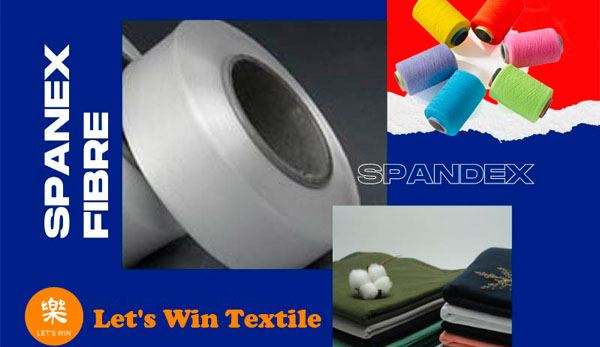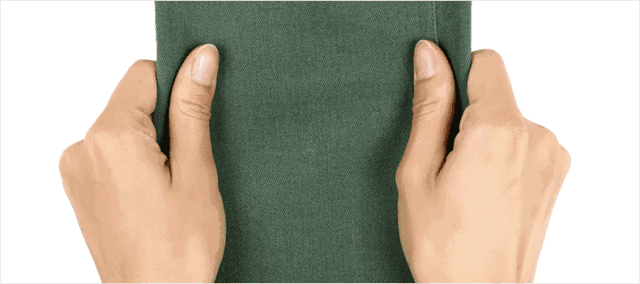
How many forms of spandex elastic fiber into yarn?
Spandex elastic fiber is mixed with other fibers to form elastic yarn. There are currently three types of yarn: spandex core-spun yarn, spandex twisted yarn and spandex covered yarn. The three types of yarns are essentially different in processing principles and structural properties. Therefore, its use and weaving performance are also very different.
What is the origin of spandex fiber and its main properties?
Spandex fiber is a kind of elastic fiber. Elastic fiber is collectively called Spandex (Spandex) abroad. The product name in my country is spandex. In fact, spandex is only a large category of elastic fiber.

Polyurethane Fiber, referred to as PU fiber, has two varieties, one is made of aromatic diisocyanate and polyester segment mosaic copolymer containing hydroxyl groups, referred to as polyester spandex, and the other is made of aromatic diisocyanate and containing Hydroxyl polyether segment mosaic copolymer, referred to as polyether spandex. The representative trade name of polyester spandex is Vyrent, and the representative trade name of polyether spandex is Lyera.
The main properties of spandex fiber are: usually have an elongation of more than 500% to 700%, and have good elastic recovery performance. It retracts 97% when stretched 200%, and retracts more than 99% when stretched 50%. The relative density difference of various spandex is small, generally 1.20-1.25, the breaking strength is 4.41-8.82cN/tex (0.5-1.Og/denier), and the strength of polyester spandex is low, polyether spandex strength is higher.
The moisture absorption rate is generally 0.3% to 1.2%. The moisture absorption rate of multifilament is slightly higher than that of monofilament. The heat resistance is generally at 95-150°C and short-term storage will not damage the fiber. The safe ironing temperature is 150°C. the following. Fibers burn slowly and form a gelatinous residue after burning. Excellent dyeing performance, can dye a variety of colors, strong affinity for dyes. Good acid and alkali resistance, can be bleached, not moldy.


 +86-13500092058
+86-13500092058
 E-mail
E-mail
